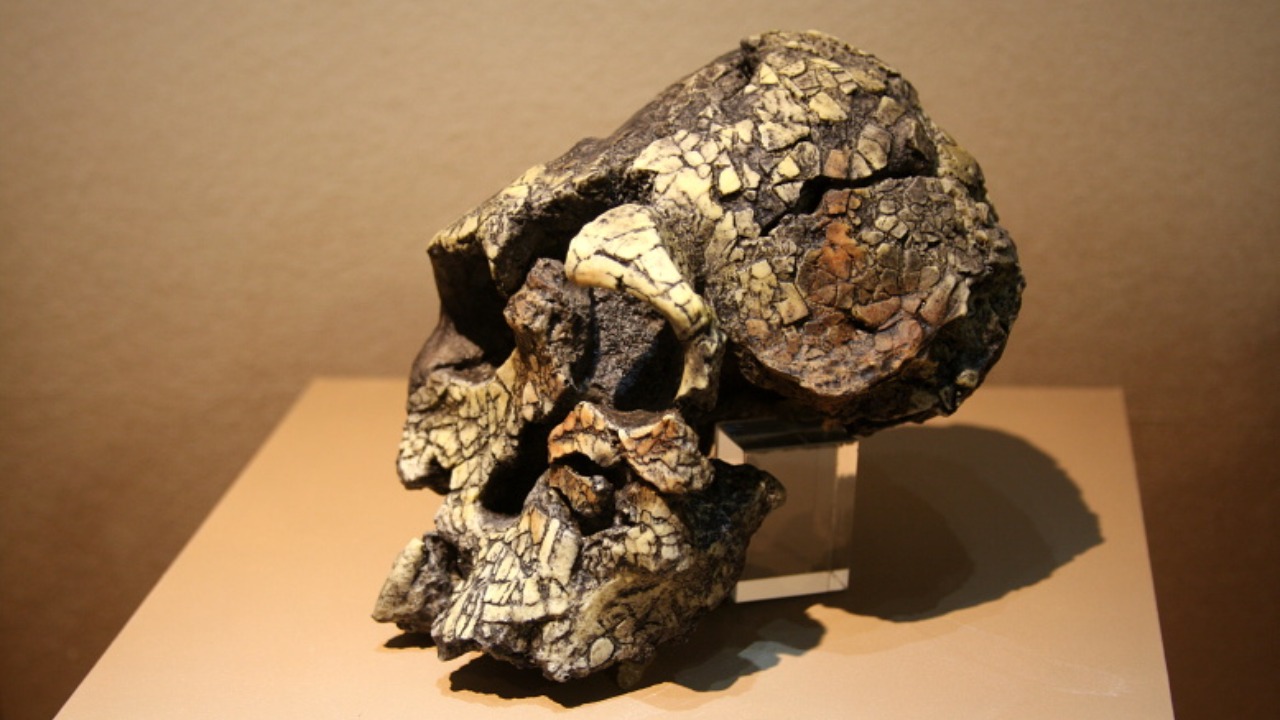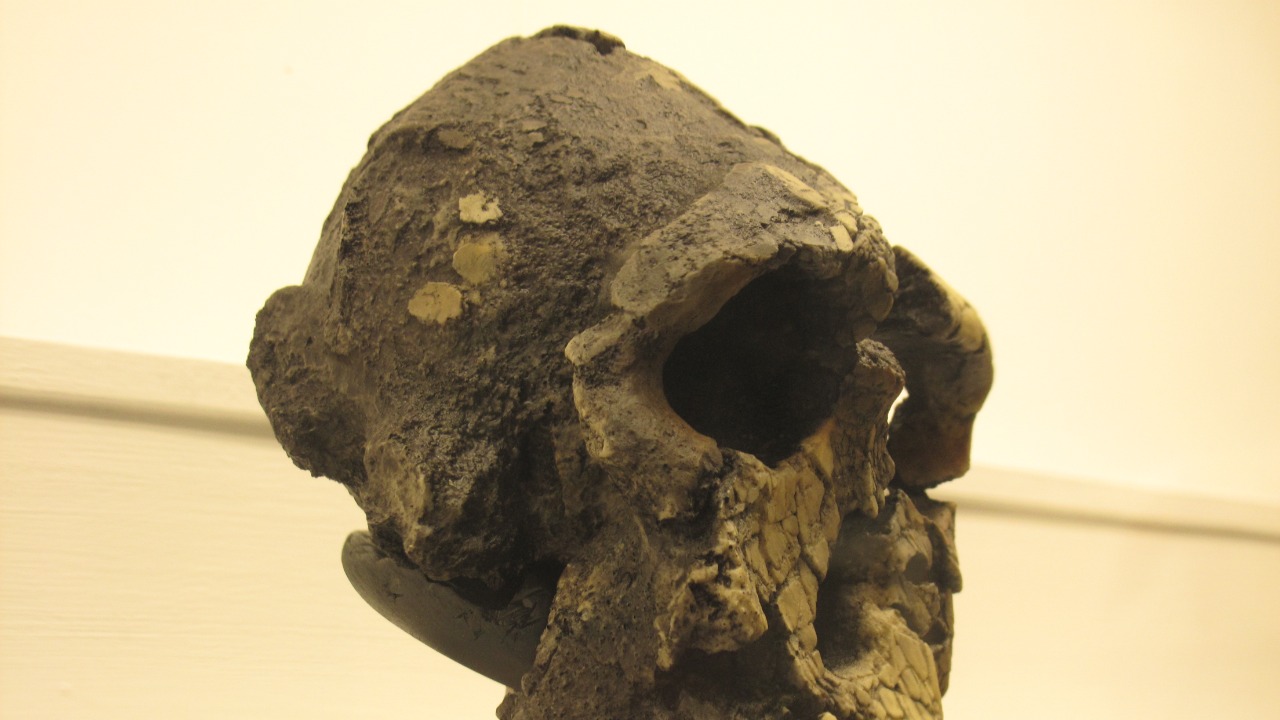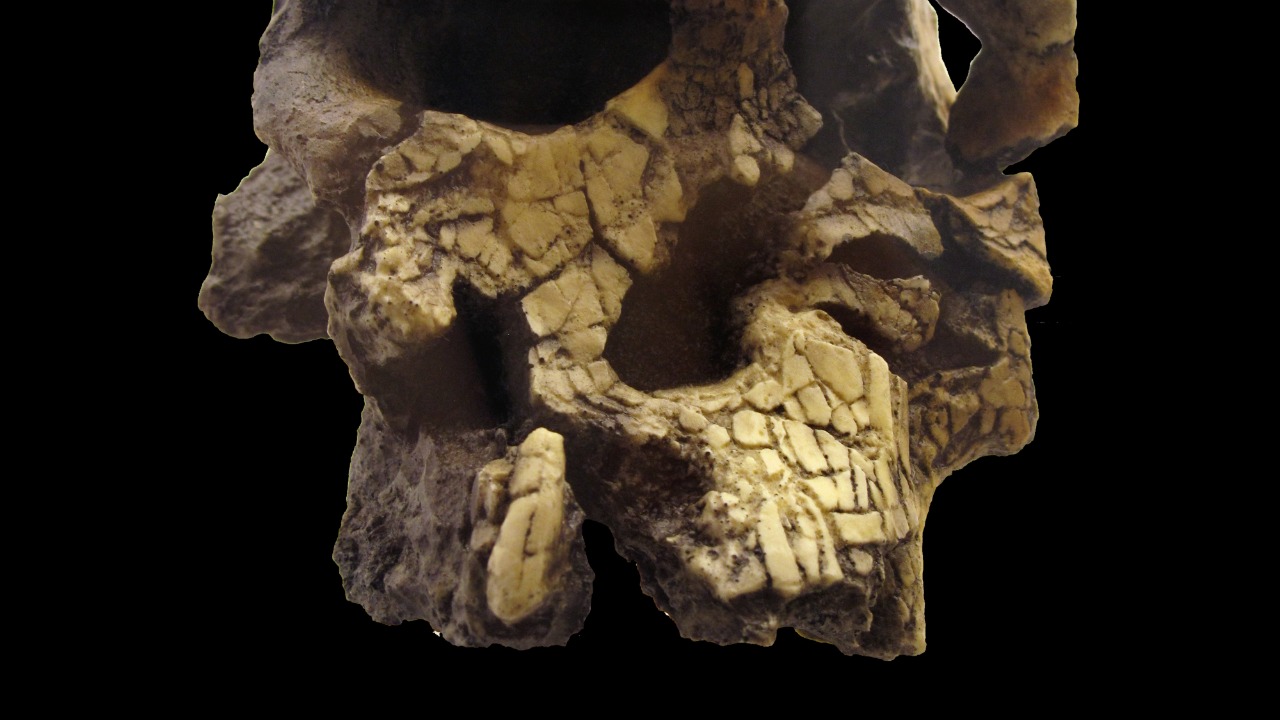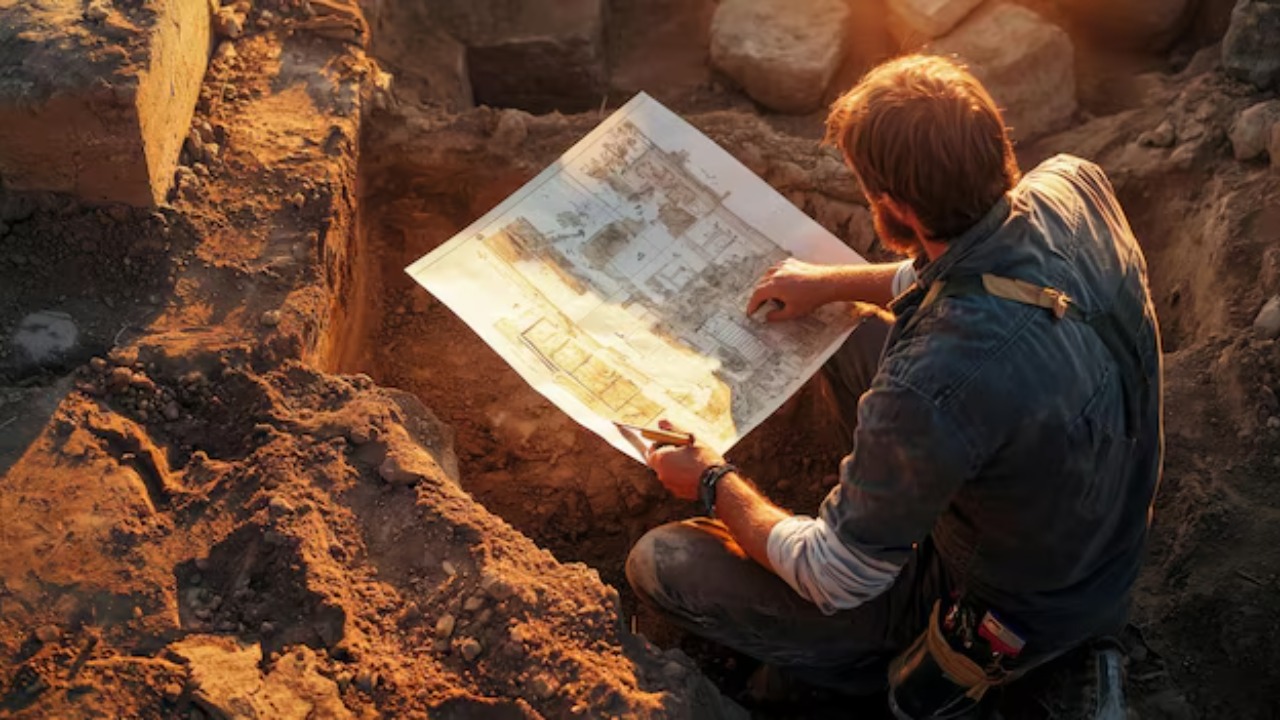
Recent discoveries have suggested that tool-making, an indicator of intelligence, was practiced by pre-human species millions of years prior to the evolution of Homo sapiens. This revelation has the potential to dramatically reshape our understanding of early cognitive evolution.
Understanding Bipedalism and Early Tool Use

The shift from quadrupedalism to bipedalism is believed to have played a key role in the development of tool use among early hominids. Bipedalism freed the hands from locomotion duties, allowing them to evolve for more complex tasks, such as tool manipulation. It’s the evolution of dexterity in these hands, specifically in the fingers, that paved the way for the creation of tools.
There are several pieces of evidence that hint at early tool use in pre-human species. For instance, fossilized bones with markings that suggest they’ve been worked on by tools have been found in various archaeological sites. These markings provide a strong indication that these species had at least a rudimentary understanding of how to use tools to achieve specific goals.
Fossil Discoveries Indicating Pre-Human Tool Use

One of the most compelling pieces of evidence for pre-human tool use is the discovery of fossilized tools themselves. For instance, a recent study published in Science details a collection of stone tools dating as far back as 3.3 million years — predating Homo sapiens by a million years. These tools, found in Kenya, showcase complex edges and points that suggest they were used for tasks like cutting and scraping.
The species likely responsible for these tools is Kenyanthropus platyops, a hominid that existed around the same time the tools were made. This not only places K. platyops in an important position in the human evolutionary tree, but it also challenges previous assumptions that Homo habilis was the first tool maker.
Implications for Cognitive Evolution

The discovery of tool use among pre-human species has profound implications for our understanding of cognitive evolution. If species like K. platyops were creating tools millions of years before Homo sapiens, it suggests that advanced problem-solving capabilities and social organization were present much earlier than previously thought. It adds a new layer of complexity to our understanding of early cognitive abilities.
Environmental pressures likely played a significant role in the development of these cognitive abilities. Tool use would have provided significant survival advantages, enabling early hominids to more efficiently gather food and protect themselves from predators. This, in turn, would have driven the development of advanced cognitive capabilities.
Moving Stones: Early Humans and Tool Transport

Another fascinating aspect of early human behavior is the transportation of stones over long distances to create tools. A study published by the Smithsonian suggests that this behavior might have started as early as 2.6 million years ago, much earlier than previously thought. This indicates that early humans not only used tools but also planned their creation and use ahead of time.
The transportation of stones has implications for our understanding of early human migration patterns and behaviors. It suggests that early humans had established routes and strategies for moving materials, indicating a level of social organization and foresight previously not attributed to these early species.
Continuing Research and Unanswered Questions

Research into early tool use and cognitive evolution is ongoing, and every new discovery has the potential to further reshape our understanding of human evolutionary history. For instance, a recent article in Anthropological Notebooks discusses the role of early tool use in shaping human cognition, suggesting a complex interplay between physical and cognitive evolution.
Despite the progress made, there are still many unanswered questions about early tool use and cognitive development. For example, NPR reports that scientists are still trying to determine the exact cognitive capabilities of early hominids, as well as how these capabilities evolved over time. These are complex questions that will require further research and discoveries to fully answer.